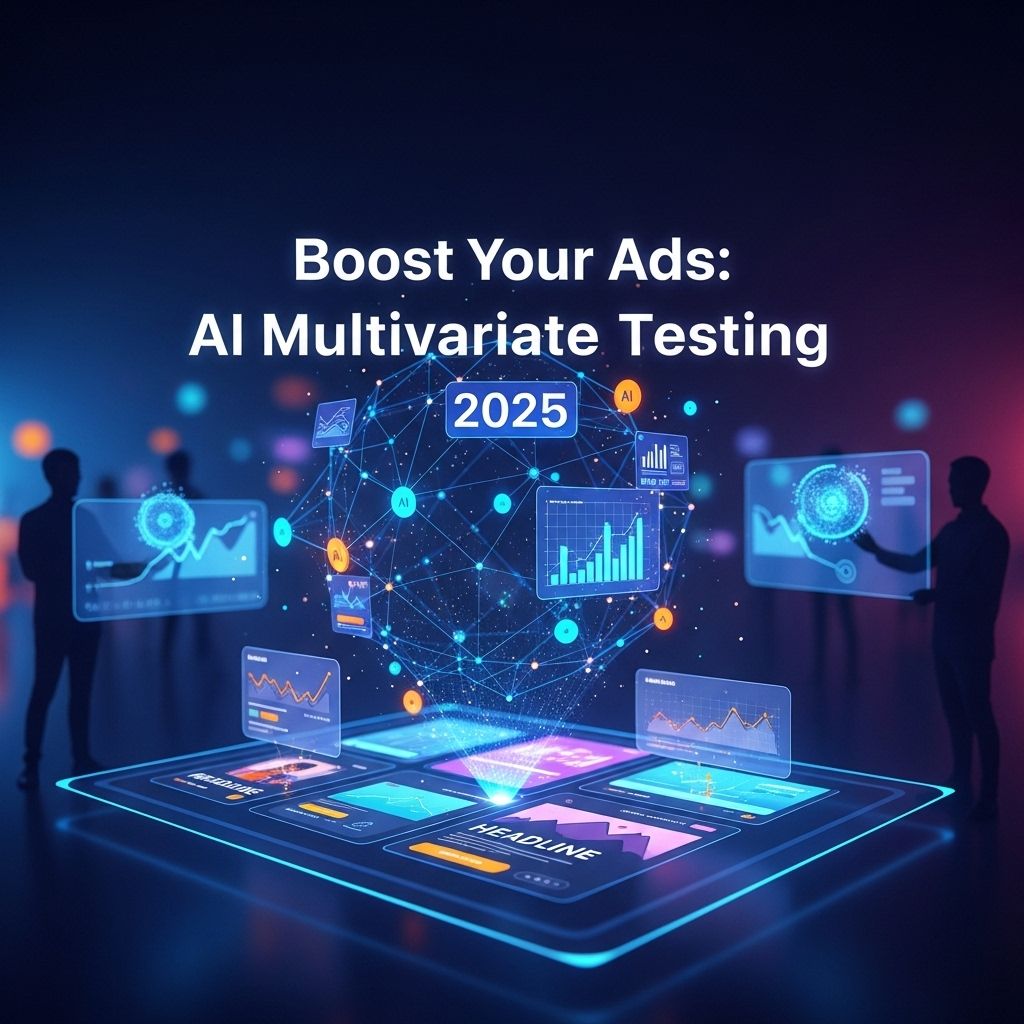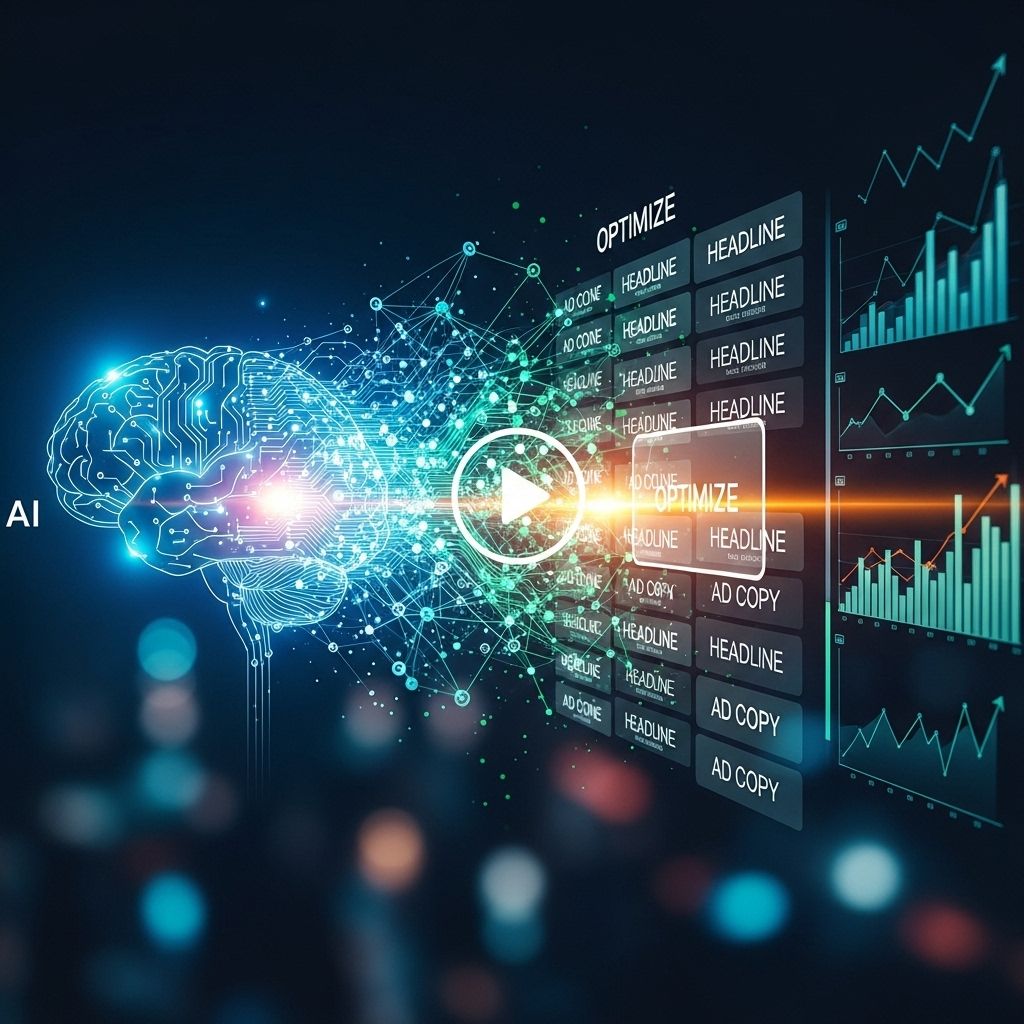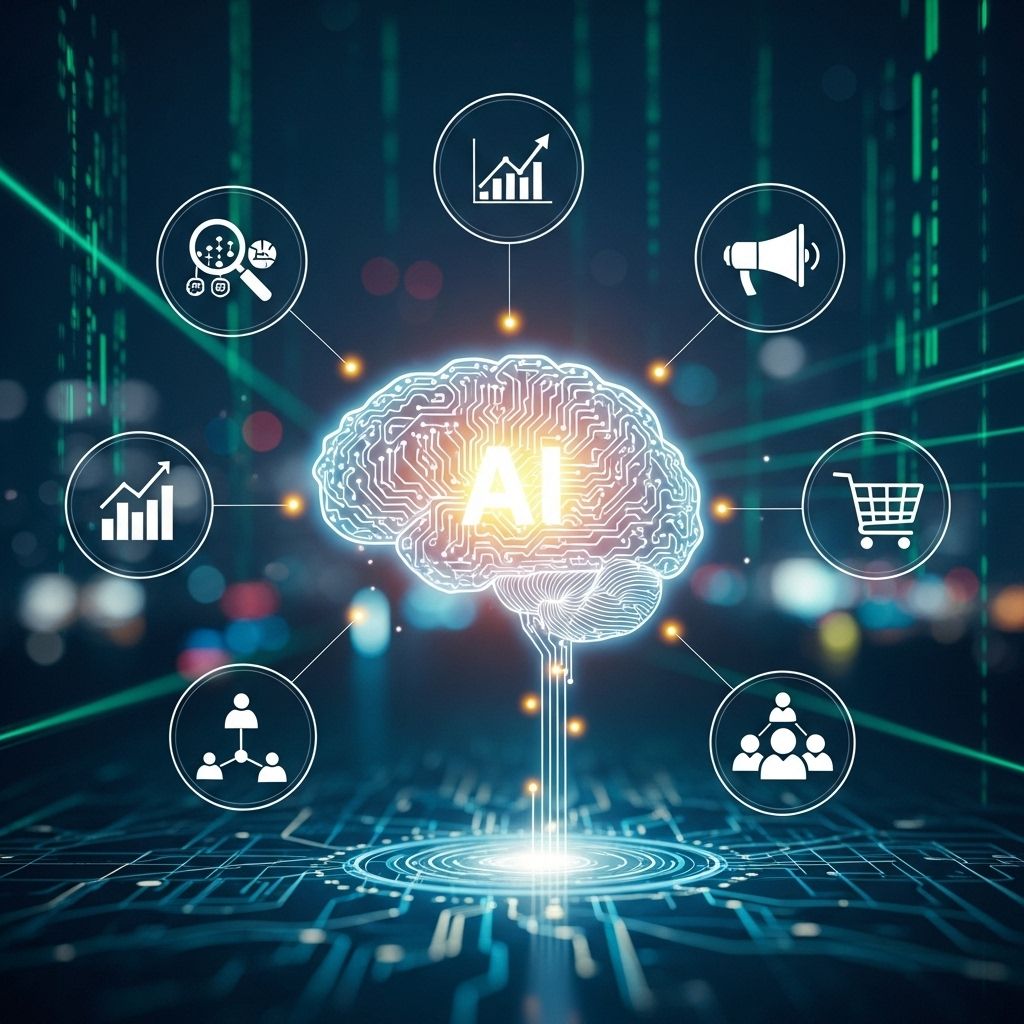Boost Your Ads with AI Multivariate Testing in 2025
Explore how AI multivariate testing can enhance your advertising strategies in 2025 for better performance and ROI.

In the fast-paced world of digital advertising, staying ahead of the curve is essential for achieving maximum impact. As we move further into 2025, the integration of Artificial Intelligence (AI) in multivariate testing has transformed the way marketers analyze and optimize their ad campaigns. This article delves into the significance of AI-powered multivariate testing, its methodologies, and its implications for the advertising landscape.
Table of Contents
The Evolution of Multivariate Testing
Multivariate testing is not a new concept. It has been a staple in the marketer’s toolkit for optimizing websites and advertisements for over a decade. However, traditional methods often involve a cumbersome process of manually adjusting variables and analyzing the outcomes. The advent of AI has revolutionized this approach by automating the process and providing insights at a speed and scale previously unimaginable.
What is Multivariate Testing?
At its core, multivariate testing (MVT) involves testing multiple variations of an advertisement simultaneously to determine which combination yields the best performance. Unlike A/B testing, which compares two versions, MVT allows marketers to test several variables—such as headlines, images, calls to action, and more—all at once.
Why AI is a Game Changer
- Speed: AI can process vast amounts of data quickly, enabling real-time adjustments to campaigns.
- Scalability: Marketers can test numerous combinations of variables without increasing resource requirements.
- Precision: AI algorithms can identify subtle patterns in consumer behavior that humans might overlook.
The Mechanics of AI Multivariate Testing
Implementing AI in multivariate testing involves several critical components and steps:
1. Data Collection
The first step is gathering data from various sources, including social media, website analytics, and customer feedback. AI algorithms thrive on large datasets, which allow them to learn and identify trends.
2. Variable Selection
Next, marketers must identify key variables to test. This can include:
- Text variations (headlines, descriptions)
- Visual elements (images, colors, layouts)
- Call-to-action buttons (text, placement, color)
3. Algorithm Deployment
Once the variables are selected, AI algorithms come into play. Machine learning models analyze past campaign performance data to predict which variations are likely to perform best. Popular algorithms include:
- Decision Trees
- Random Forests
- Neural Networks
4. Real-Time Adjustments
During the campaign, AI continuously monitors performance and makes real-time adjustments to optimize for the best outcomes. This could mean reallocating budget to higher-performing ads or dynamically changing ad copy to better match consumer preferences.
Benefits of AI-Driven Multivariate Testing
Enhanced User Experience
By delivering the most relevant ads to each user, companies can significantly improve user engagement and satisfaction. This leads to:
- Higher click-through rates
- Increased conversion rates
- Improved customer loyalty
Data-Driven Decisions
Marketers can rely on accurate data-driven insights rather than intuition. This reduces the risk associated with ad spend and allows for more strategic allocation of resources.
| Metric | Traditional Method | AI-Enhanced Method |
|---|---|---|
| Time to Insight | Days/Weeks | Minutes/Hours |
| Variable Combinations | Limited (2-3) | Unlimited |
| Campaign Adjustments | Manual | Automated |
Challenges of AI Multivariate Testing
Despite its benefits, there are challenges to consider:
Data Privacy Concerns
With stricter data regulations like GDPR and CCPA, marketers must ensure that they are compliant while still leveraging consumer data for insights.
Understanding AI Outputs
Marketers may struggle to interpret the results produced by AI algorithms, particularly if they lack a data science background. Training or hiring data specialists can help bridge this gap.
The Future of Advertising with AI
As we look toward the future, the role of AI in advertising will only continue to expand. Here’s what to expect:
- Integration with Other Technologies: AI will increasingly work in conjunction with other technologies such as AR and VR to enhance user experiences.
- Increased Personalization: AI will enable highly personalized advertisements based on individual user behavior and preferences.
- Evolving Algorithms: As AI technology advances, algorithms will become even more sophisticated, allowing for deeper insights and more effective campaigns.
Conclusion
The advent of AI multivariate testing represents a seismic shift in how advertisers approach campaign optimization. By harnessing the power of AI, marketers can conduct more effective tests, make data-driven decisions, and ultimately, deliver ads that resonate with their audiences. As technology continues to evolve, those who embrace these advancements will undoubtedly lead the way in the competitive advertising landscape of 2025 and beyond.
FAQ
What is AI multivariate testing?
AI multivariate testing is a method that uses artificial intelligence to simultaneously test multiple variables in an advertisement to determine which combination performs best.
How can AI multivariate testing improve my advertising campaigns?
By analyzing various elements of your ads, such as headlines, images, and calls to action, AI multivariate testing helps identify the most effective combinations, leading to higher conversion rates and better ROI.
Is AI multivariate testing suitable for all types of businesses?
Yes, AI multivariate testing can benefit businesses of all sizes and industries by optimizing ad performance and providing data-driven insights into customer preferences.
What tools are available for AI multivariate testing in 2025?
In 2025, there are several advanced tools available for AI multivariate testing, including Google Optimize, Adobe Target, and Optimizely, which offer robust features for analyzing ad performance.
How does AI enhance traditional multivariate testing methods?
AI enhances traditional methods by automating data analysis, providing real-time insights, and predicting outcomes based on user behavior, making the testing process faster and more accurate.
What metrics should I focus on when using AI multivariate testing?
Key metrics to focus on include click-through rates, conversion rates, customer engagement, and return on ad spend, which help measure the effectiveness of your ads.








